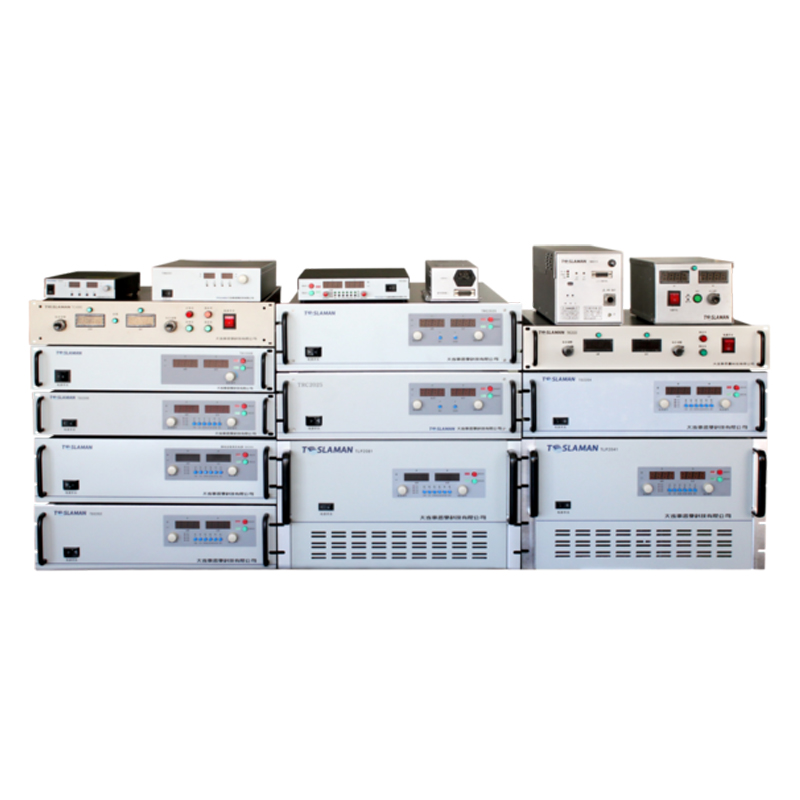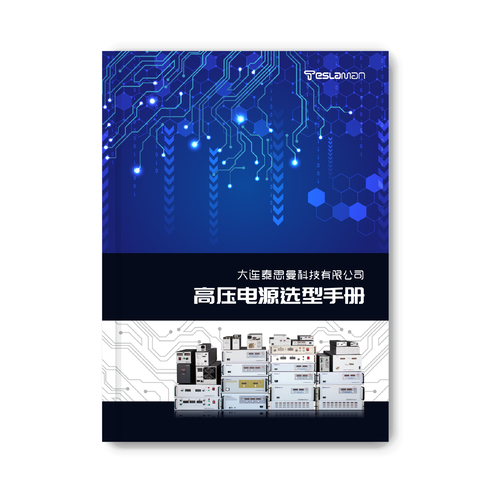Discussion on the Precision Improvement of High-Voltage Power Supplies for Semiconductor Testing
In the field of semiconductor manufacturing, the application of high-voltage power supplies is of crucial importance, especially in the semiconductor testing process. With the continuous development of semiconductor technology, the precision requirements for semiconductor testing have become increasingly stringent, making the precision improvement of high-voltage power supplies for semiconductor testing a key research and development direction.
The performance characteristics of semiconductor devices largely depend on their working performance under different voltage conditions. Therefore, during the testing process, the high-voltage power supply must be able to accurately provide the required voltage value to ensure the accuracy and reliability of the test results. The precision of a high-voltage power supply is mainly reflected in the stability and accuracy of the output voltage.
The stability of the output voltage refers to the fluctuation range of the power supply's output voltage within a certain period of time. In semiconductor testing, even a tiny voltage fluctuation can lead to deviations in the test results. For example, for some voltage-sensitive semiconductor devices, such as high-precision analog chips, a slight change in voltage may alter their internal electrical characteristics, causing the test data to fail to accurately reflect the performance of the device. To improve stability, we can start from the circuit design. Adopting an advanced voltage stabilization circuit architecture, such as a multi-stage feedback adjustment mechanism, can monitor the output voltage in real time and quickly adjust the circuit parameters to correct voltage deviations. Meanwhile, the selection of high-quality components is also crucial. For example, using low-noise, high-stability capacitors, resistors and other components can effectively reduce voltage instability caused by fluctuations in component performance.
The accuracy of the output voltage involves the degree of deviation between the power supply's output voltage and the set voltage value. In semiconductor testing, if there is a significant deviation between the output voltage of the high-voltage power supply and the actual requirement, the parameters of the semiconductor device obtained from the test will be inaccurate, which will seriously affect the subsequent evaluation of the device's performance and its application in actual circuits. To improve accuracy, a precise voltage reference source is required. By using a high-precision reference chip or a calibrated precision resistor network to determine the standard voltage, and then performing voltage amplification and regulation based on this. In addition, in terms of the control algorithm, advanced digital signal processing techniques can be applied to accurately calculate and control the voltage output. By continuously optimizing the parameters in the algorithm, the error between the output voltage and the set value can be reduced.
Apart from circuit design and control algorithm, electromagnetic interference is also an important factor affecting the precision of high-voltage power supplies. In the semiconductor testing environment, there are various electronic devices and circuits, and electromagnetic interactions may occur among them. If the high-voltage power supply is subjected to external electromagnetic interference, its output voltage will experience abnormal fluctuations. To address this issue, a good electromagnetic shielding design is essential. Using metal shielding materials for the power supply's outer casing and reasonably designing the grounding lines can effectively block the intrusion of external electromagnetic signals and also prevent the leakage of internal electromagnetic signals to interfere with other devices. Additionally, in terms of the circuit layout inside the power supply, following reasonable wiring principles, separating the sensitive circuits from those prone to interference, and using filtering circuits to filter the input and output signals of the power supply can further reduce the impact of electromagnetic interference on voltage precision.
Temperature changes can also affect the precision of high-voltage power supplies. The performance of semiconductor devices changes with temperature, and the electronic components in high-voltage power supplies are no exception. As the temperature rises or falls, the parameters of components such as resistance and capacitance values will change, resulting in instability or inaccuracy of the voltage output. To reduce the impact of temperature, temperature compensation techniques can be employed. By adding temperature sensors to the circuit to monitor temperature changes in real time and adjusting the circuit parameters according to the preset temperature compensation curve to offset the voltage deviations caused by temperature changes. Meanwhile, attention should also be paid to the heat dissipation design of the power supply to ensure that the heat generated during the power supply's operation can be dissipated in a timely manner, allowing the internal components to work in a relatively stable temperature environment.
In conclusion, with the continuous development of semiconductor technology towards smaller sizes and higher performance, the precision improvement of high-voltage power supplies for semiconductor testing faces many challenges. However, through continuous research and innovation in various aspects such as circuit design, control algorithm, electromagnetic interference suppression, and temperature compensation, it is expected to gradually improve the precision of high-voltage power supplies, thereby providing more accurate and reliable voltage supply for semiconductor testing and promoting the further development of the semiconductor industry.




















